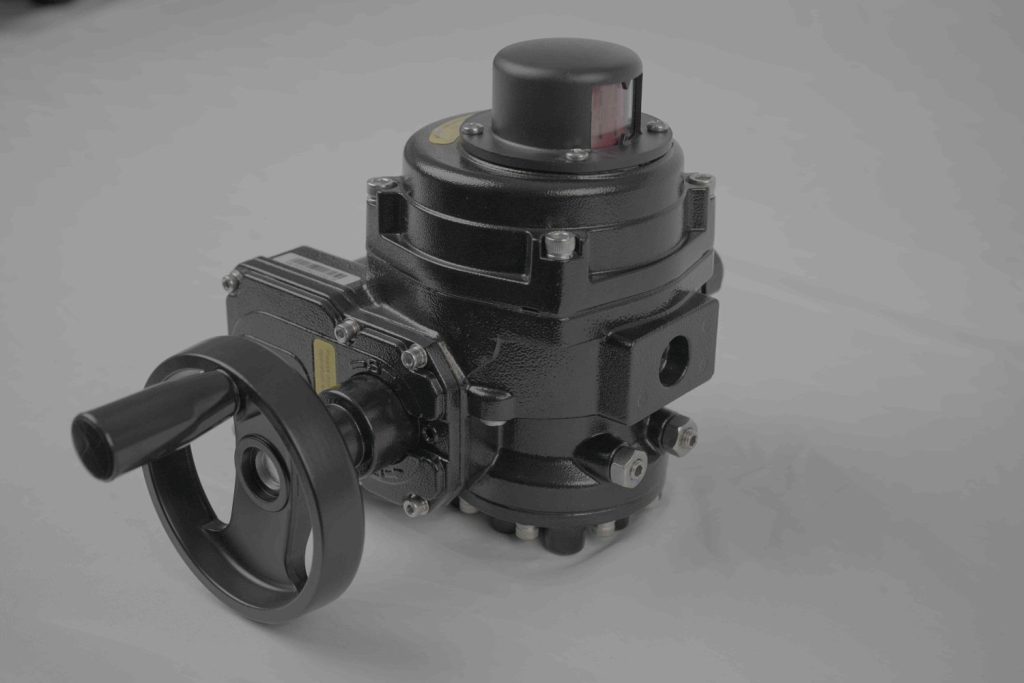In the evolving world of energy storage systems, lithium batteries have become the cornerstone of numerous applications, from electric vehicles to renewable energy storage. However, with the growing reliance on these batteries, ensuring safety has become paramount. One crucial component in preventing catastrophic failures in lithium batteries is the Explosion-proof Lithium Battery Valve. This valve plays a vital role in maintaining the structural integrity and operational safety of lithium-ion batteries, especially in cases where internal pressure builds up due to factors like overcharging, temperature changes, or internal short circuits.

What is an Explosion-proof Lithium Battery Valve?

An Explosion-proof Lithium Battery Valve is a safety device designed to protect lithium-ion batteries from the dangerous buildup of internal pressure. The function of the valve is to release gas or vent pressure safely when it reaches a certain threshold. This helps prevent dangerous scenarios such as battery rupture, thermal runaway, or even fire and explosion. Typically, these valves are engineered to respond to a range of potential risks, including overcharging, overheating, and the possibility of short circuits. The valve works by maintaining the battery’s internal pressure at safe levels. If the pressure becomes too high due to malfunction, a rapid chemical reaction, or external heat, the valve opens to release gases or vent the pressure. This mechanism ensures that the battery does not rupture or explode, which could lead to devastating consequences.

Leave a Reply